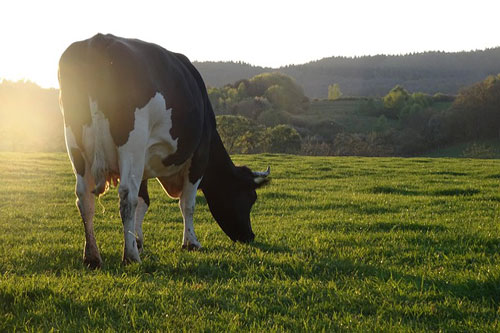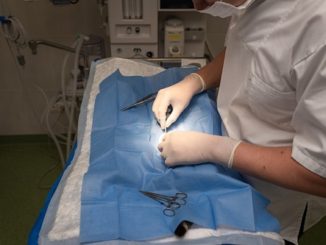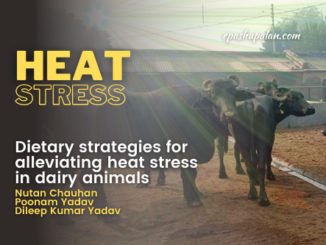Introduction
The emission of methane by cattle and sheep represents a carbon loss pathway that results in reduced productivity. This leads to losses of up to 12% of the gross energy intake and is a major source of greenhouse gas emissions. If the energy that is lost in generating methane could be rechannelled into weight gain or milk production, it would be cost effective to the producer as well as provide a means of reducing methane emissions to the atmosphere. Ruminants produce methane (CH4) in their rumen and hindgut through enteric fermentation. Options to reduce CH4 emissions from livestock include feeding strategies, feed supplements, and selective breeding. Several methods have been developed to quantify CH4 emissions from ruminants, such as the open-circuit respiration chamber (RC), the Green Feed (GF) breath-analyser station (Non-dispersive infrared (NDIR)/Fourier-transformed infrared (FTIR) breath analysers (“sniffers”) installed in feed bins, or the sulphur hexafluoride (SF6) tracer gas technique. SF6 tracer technique was developed by Zimmerman (1993) and first deployed by Johnson et al. (1994). Sulphur hexafluoride (SF6) is the most common tracer gas used to estimate CH4 production from the ruminants. The basic idea behind the method is that methane emission can be measured if the emission rate of a tracer gas from the rumen is known. A non-toxic, physiologically inert, stabile gas is needed for this purpose. In addition, the gas should mix with rumen air in the same way as CH4. SF6 was chosen, because it fulfills the above criteria, cheap, has an extremely low detection limit and is simple to analyse.
 Principle
Principle
The SF6 measurement technique measures the rate at which cattle release methane using a tracer technique. A permeation device that release SF6 at a known rate is placed in a cow’s rumen. The animal is fitted with a sampling system such that ambient air from around the mouth and nostrils can be collected over an extended period of time. The air sample is then analysed for methane and SF6 and these concentrations along with the known release rate allow calculation of the methane emission rate.
Components of the system
It includes a permeation device placed inside the rumen a halter that fits snugly around the cow’s head, a PVC yoke that fits over the neck, capillary tubing for air transfer, a gas dilution system, and gas chromatographs for methane and SF6 determination.
Procedure
- SF6 is filled into small permeation tubes (The nut, teflon window and frit of permeation tube are removed followed by immersion of the tube body in a cryogen (liquid nitrogen). After the tube has reached the cryogen temperature, it is removed and any liquid is poured out of the cavity followed by filling it with SF6. The filling is accomplished by withdrawing about 60 cc of gaseous SF6 in each of two plastic syringes and then needle is placed in the cavity of tube body and the plunger is slowly depressed by transfer the gaseous SF6 into the permeation tube body cavity. Tube is then quickly capped with Teflon window, fritand nut. The permeation device is then weighed. This procedure should provide a tube containing about 600mg of SF6).
- The rate of diffusion of SF6 out of the permeation tubes is measured by placing them in a 39 °C water bath and measuring the daily weight loss until it is stable. Five to six weeks is generally required to gain a proper idea of the release rate.
- The length of the capillary tubing regulates the sampling rate. Stainless steel capillary tubing with an inside diameter of .005” and an outside diameter of 1/16” serves as the flow restrictor and transfer line. Short sample integration periods (e.g. 1 hr) may require only a short piece of tubing while longer periods (e.g.24 hr) require much longer lengths of tubing.
- After assembling the PVC pieces, allow the glue to dry (12-24hr) and then place the entire assembly into a 120 – 1350C oven for 5-10min until it is soft and pliable. Remove the pliable pipe and bend the legs into the desired position such that it should fit with cow’s neck. Now install the gas sampling valve.
- After assembly, the canister can be checked for leaks by pressurizing it with compressed air or nitrogen to 40 psi and then submerging it in water to watch for bubbles.
- In order to begin sampling a collection canister should be evacuated. Any vacuum pump capable of reducing the pressure in the canister to a few Torr is acceptable. After closing the valve on the canister, it is then ready to use.
- After the sampling collection period has been completed, the canister taken off the animal and connected to the dilution system and the final pressure recorded. Nitrogen is then slowly added until the pressure in the canister is increased to about 1.2 ATM. Another pressure reading is recorded to calculate the dilution factor. With the contents of the canister under positive pressure, it is easy to transfer an aliquot of sample to the GC system. The canister can be attached directly to the gas sampling valve in the GC via quick connect fittings. Simply opening the canister valve will then allow sample transfer to the fixed volume loop on the GC.
- The concentration of SF6 and CH4 in the canister is determined by gas chromatography.
Results
The methane emission is calculated from the release rate of SF6 and concentration of SF6 and CH4 in the containers in excess of background level using formula given below. The background SF6 concentrations are normally very small compared to yoke concentrations and therefore can usually be neglected. However, background methane level ([CH4]b) should always be substracted from the methane concentration measured in the yoke ([CH4]y);
(QCH4)= (QSF6) × ([CH4]y-[CH4]b)/ [SF6]
Uses
To investigate nearly all aspects of feeding and nutrition like –
- level of feeding,
- effect of feedstuff,
- effect of chemical and physical composition,
- restricted versus ad libitum feeding,
- different additives and grazing.






Be the first to comment